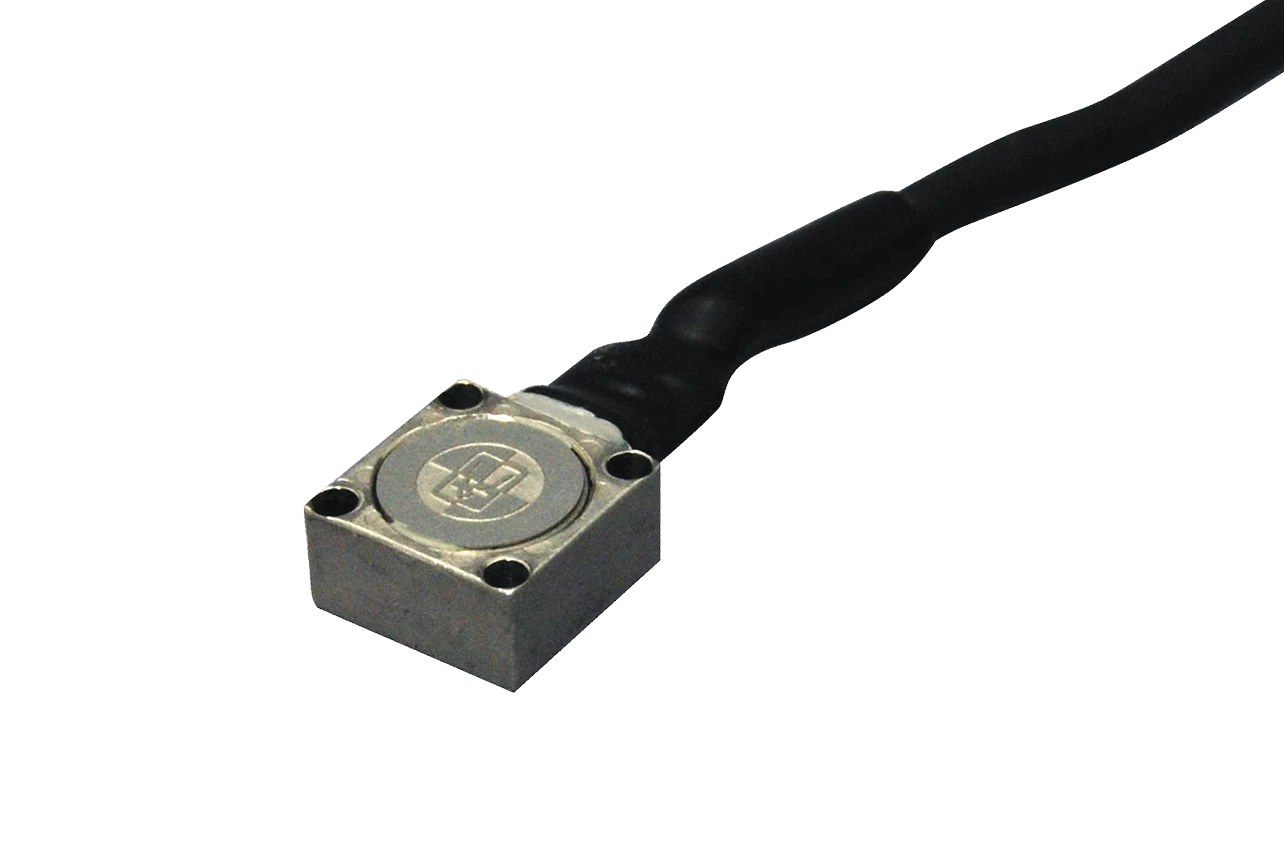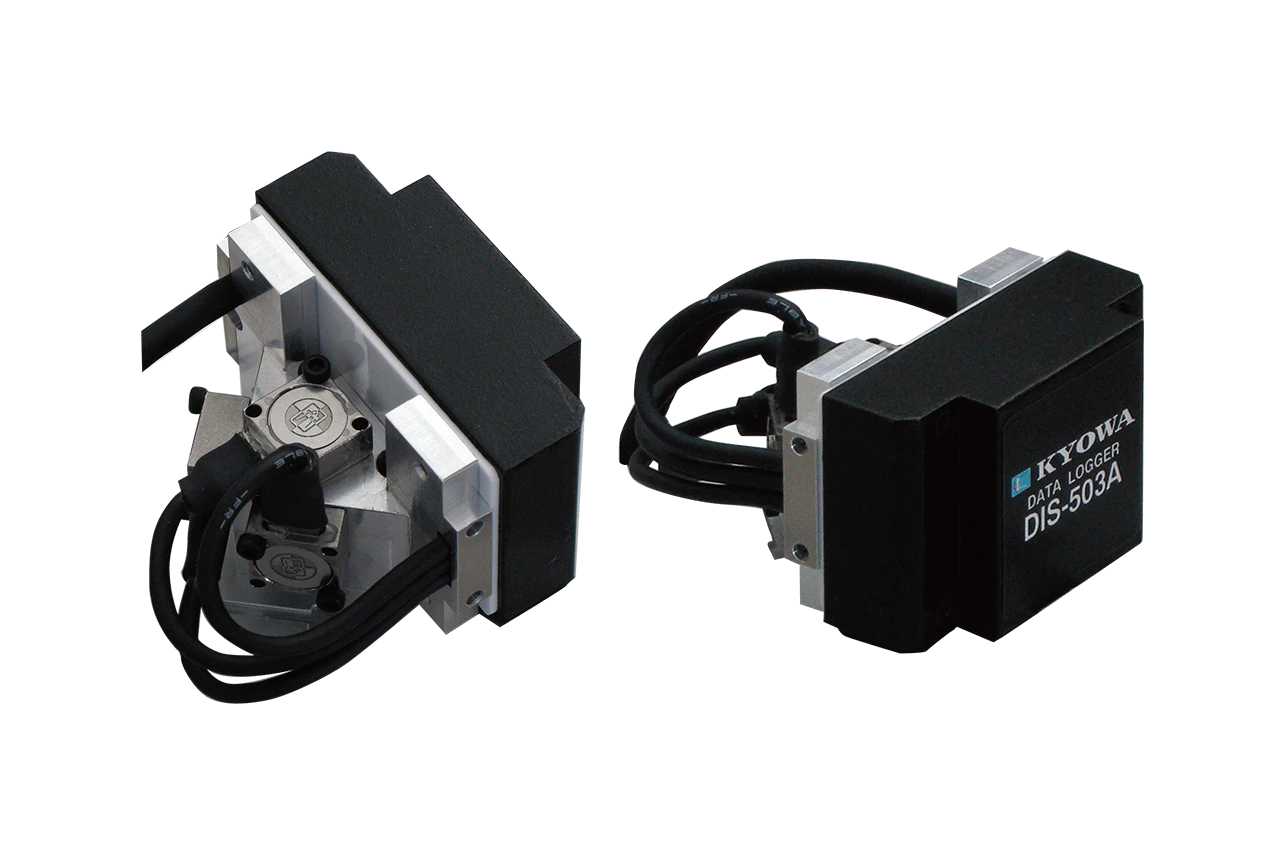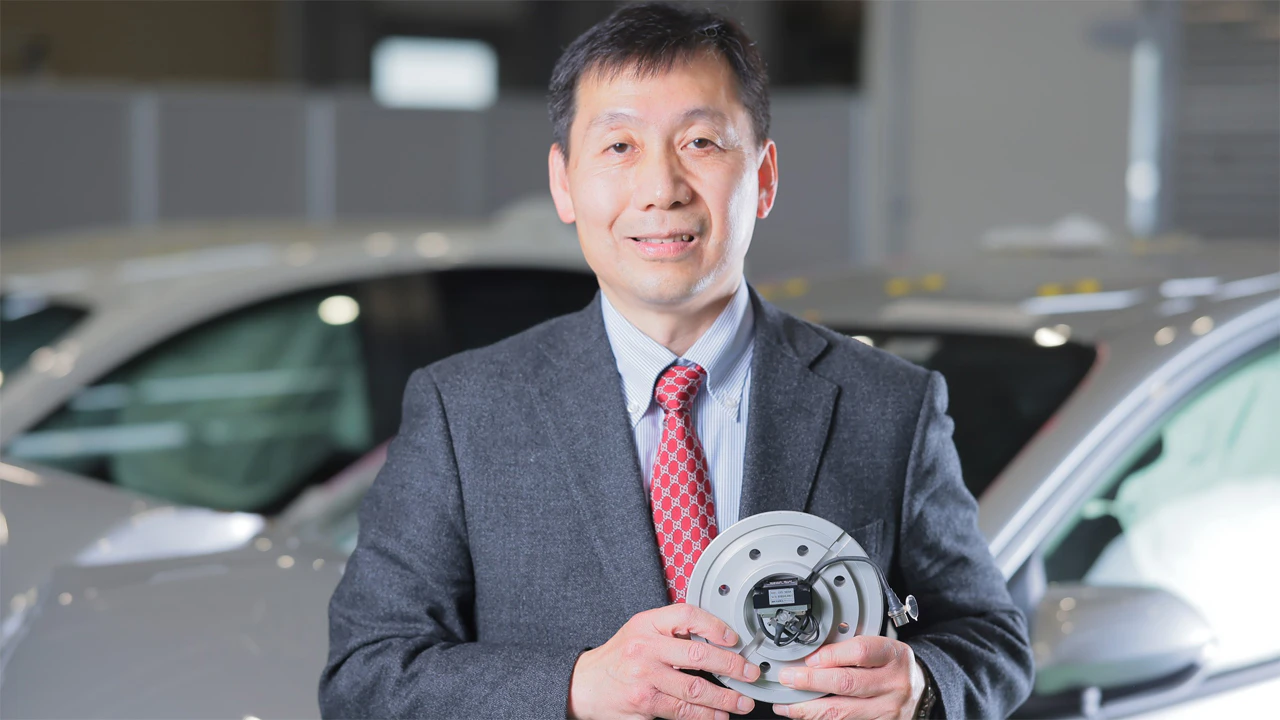
National Traffic Safety and Environment Laboratory
Doing whatever is possible to save lives The research efforts of the NTSEL, and the organization's involvement with KYOWA
Since its establishment in 1950 as a laboratory under the former Ministry of Transport, the National Traffic Safety and Environment Laboratory (NTSEL) has been working to help create a safe and environmentally friendly transportation, through tests and studies supporting the government's policymaking and standardization efforts for vehicles and other means of land transportation, automobile type approval tests, and technical validation including validation for motor vehicle recalls. The organization makes use of KYOWA devices for its various tests and research. We spoke with Yasuhiro Matsui, a Principal researcher at NTSEL, about what he's researching and the organization's relationship with KYOWA.
Traffic safety has been improving slowly but surely
Please tell us about the research being done at NTSEL.
For land transportation such as vehicles and trains, we're involved in testing and research supporting the government's policymaking and standardization efforts related to safety and environmental protection, automobile type approval tests, and technical work including validation for vehicle recalls. NTSEL has three research departments: Automotive Safety, Environment, and Traffic System.
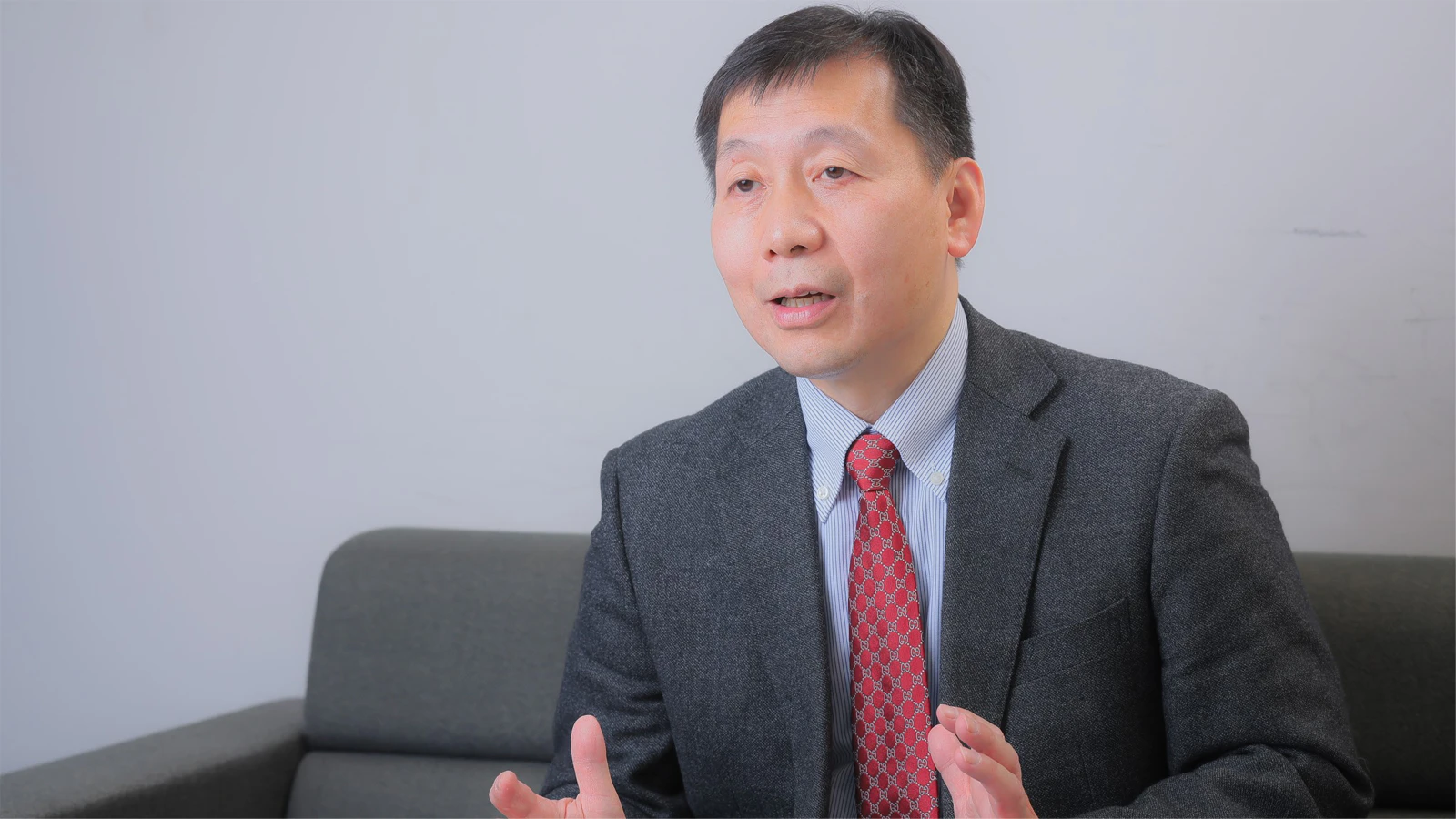
How is KYOWA involved with your organization?
We use KYOWA products in our Automotive Safety Research Department and Traffic System Research Department. When NTSEL conducts an impact experiment, we measure the acceleration acting on the vehicle body. When we conduct a full-wrap frontal impact experiment, we crash the test vehicle into a wall, and measure the acceleration acting on the side sills and the position of the center of gravity of the vehicle body. When we conduct a side impact experiment, we crash a moving barrier into the side of a stationary test vehicle. We measure the acceleration of the moving barrier, and the acceleration acting on the side sills and A pillars of the test vehicle. In order to measure acceleration during these tests, we use the ASDH-A-1KV accelerometer, which has a vertical sensing direction, and the ASDH-A-1KH accelerometer, which has a horizontal sensing direction. We also use a DIS-5010A data logger system to amplify electrical signals and record data. When we conduct these frontal impact and side impact experiments, we have to place the data logger itself either in the trunk of the test vehicle or on the moving barrier. We chose the DIS-5010A data logger due to its impact resistance.

Vehicle after a full-wrap frontal impact test (vehicle in rear), vehicle after offset frontal impact test (vehicle in front)
The Traffic System Research Department mainly uses load cells and strain amplifiers to test the safety of cable cars. We use a detachable grip to secure the passenger carrier to the rope. A force is generated in the direction the detachable grip slides on the rope, due to the weight of the carrier and passengers, and due to the force of the wind. When we conduct a Test of slipping resistance force to confirm whether a detachable grip can withstand this force, we use the LUK-A-500KN load cell to set the rope tension, the LUK-A-200KN load cell to measure sliding force, and the DPM-912B strain amplifier to amplify electrical signals and record data to our data logger.
How have traffic safety standards and thinking changed over the years?
Vehicle passenger fatalities peaked during the first half of the 1990s, when we were seeing over 10,000 traffic accident fatalities per year. Back when wearing seat belts wasn't mandatory, impact accidents were often fatal because the driver had their bodies hit the steering wheel or windshield, or even through, the windshield. The Road Traffic Act was revised in 1992 to mandate the use of seat belts by drivers and front seat passengers when they travel on general roads. Even so, there were still many impact accidents where the driver was killed or seriously injured after impacting the steering wheel. In 1994, full-wrap frontal impact tests, where the vehicle is crashed into a wall, were added to safety requirements of type approval tests in Japan. The full-wrap frontal impact tests were developed by the U.S. Department of Transportation as a means of simulating a full-wrap frontal impact between two vehicles. The introduction of full-wrap frontal impact tests led vehicle manufacturers to design structures that could mainly absorb impact energy in front of the vehicle passenger compartment. Manufacturers also began installing airbags, as well as three-point seat belts to reduce impact between the driver's upper body and the steering wheel, which helped to reduce injury during a frontal impact.

Full-wrap frontal impact test where a vehicle is crashed into a wall
Another type of test called an offset frontal impact test was developed in Europe, and then added to Japanese safety requirements in 2007. This type of test simulates two vehicles impacting slightly offset from one another, so that only a certain percentage of frontal width of each vehicle is hit. NTSEL plays a prominent role in helping to create new safety requirements for the next generation, but technology and safety standards don't improve overnight. This is also true for traffic safety, and I think we'll see fewer traffic accident over time as safety improves one step at a time.
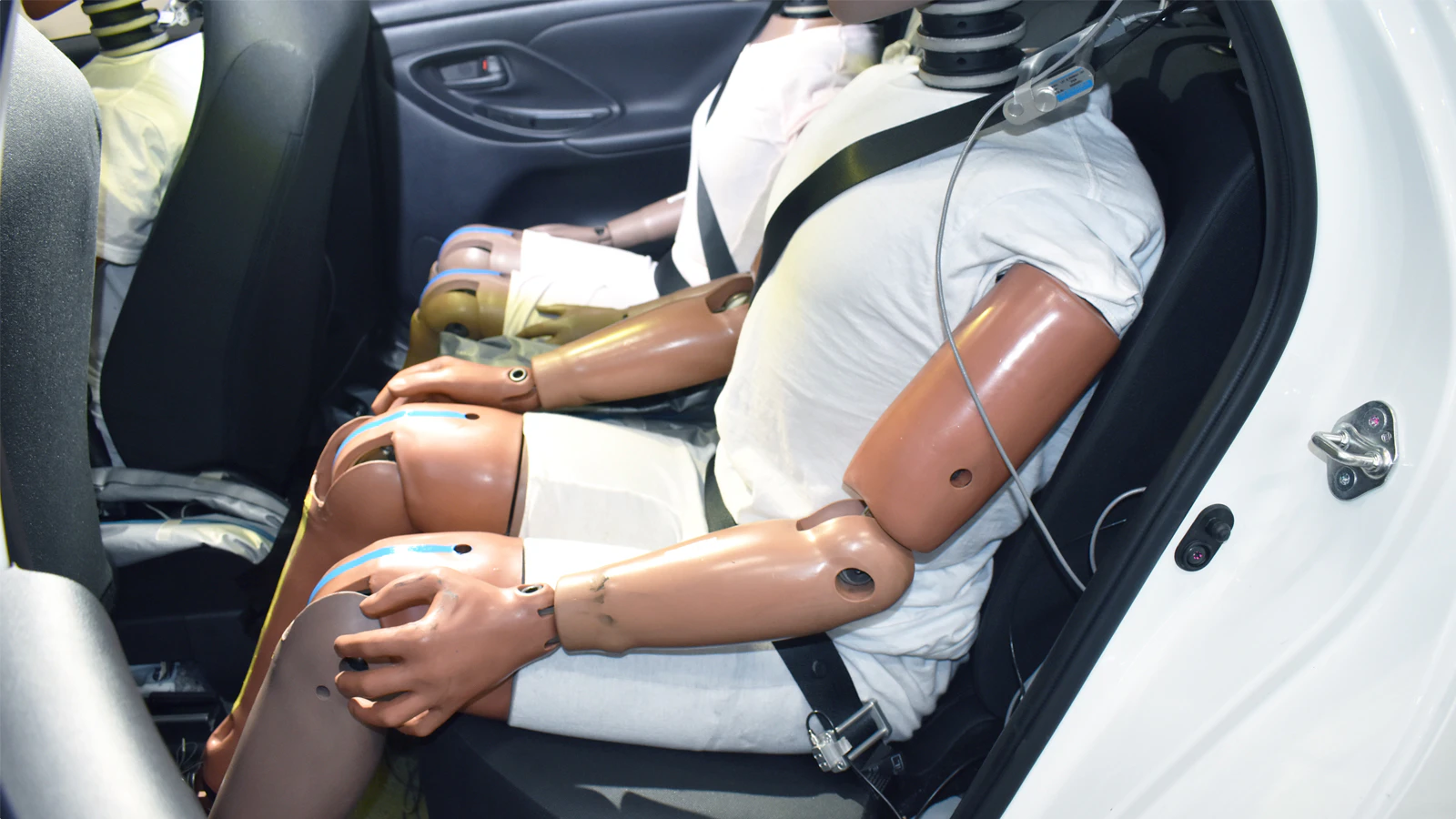
Seat belt tension tranducers attached to a lap belt and shoulder belt
Thirty years of seeking the truth
Please tell us about your own research, Dr. Matsui.
My research is focused chiefly on people. I originally researched mainly biomechanics, such as impact bioengineering, and how to protect pedestrians. Recently, I've been researching how to protect cyclists, as well as the driving characteristics of drivers to understand what causes traffic accidents.
How is KYOWA involved in your research?
Over roughly the last 30 years, I've been involved in establishing various safety requirements and tests, such as frontal impact tests and side impact tests, in order to protect vehicle passengers. More specifically, I've been researching how to protect what are called vulnerable road users—pedestrians and cyclists. ISO defines a method for conducting pedestrian head protection performance tests. In establishing that, I worked from 2000 to 2005 on developing from start to finish what is called a "pedestrian head-form impactor." This is a dummy formed in the shape of a pedestrian's head, which is impacted into the hood or windshield of a stationary vehicle.

Pedestrian head-form impactor
We use a strain gage to measure the deflection of the cantilever inside a mechanical accelerometer, in order to calculate acceleration. We had mainly been using mechanical accelerometers for impact tests, but we ran into an issue with brittle materials such as glass, where the measured value was greater than the actual acceleration caused by the impact, because the cantilever in the mechanical accelerometer would resonate due to vibration caused by the glass breaking. We then started using ASE-A-500, which is a damped accelerometer that contains oil to prevent the resonance phenomenon, and were able to obtain highly accurate measurements. Another issue was that the pedestrian head-form impactor is connected to multiple cables for transmitting data, and the weight of these cables generated an inertia force during testing, which caused changes in behavior. To solve this, we embedded the DIS-503A data logger in the pedestrian head-form impactor to eliminate the cables, allowing us to conduct tests with a cyclist helmet attached.
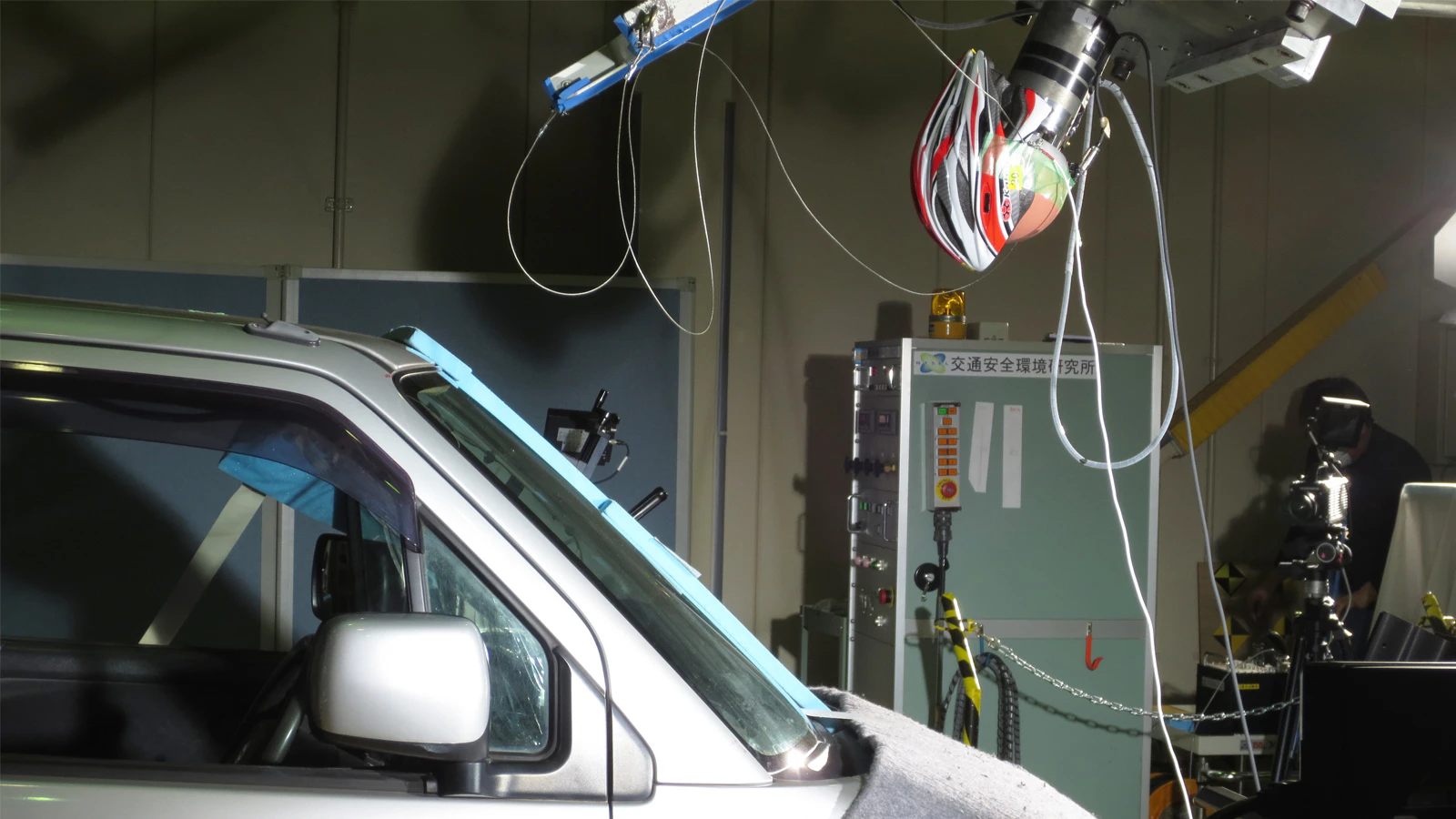
Cyclist helmet impact experiment
Please tell us about your research philosophy.
I think it's important to think with eyes closed, purely keep exploring "what is the true essence of things?" and move forward. KYOWA is in the business of designing and developing technology, and I think our approaches are similar. I'm always confronted with technical issues, and I spend every day wondering why, whether sleeping or awake. There's still a lot we don't know about how traffic accidents happen, and figuring out why certain phenomena occur will help us to develop countermeasures. I think it's important to keep this in mind, and to just keep making progress one step at a time.

One example was our research on the benefits of cyclist helmets. Our data got the attention of the National Police Agency, and since April 2023 cyclists of all ages are now obliged to make a sincere effort to wear helmets. Very few cyclists wore helmets before this, but now 13.5% of all cyclists wear helmets. That means one out of every ten cyclists is wearing a helmet. This is a great example of making progress one step at a time. An increase of even 10% means a lot because wearing helmets saves lives. I hope even more people will start wearing helmets.
The future as seen by NTSEL
Please share your future aspirations, what you hope to achieve through your research, and your collaborative efforts with KYOWA.
We expect vehicles to become more diverse, and impacts to become more detailed and complex, and now we're seeing the introduction of simulation technology in order to increase the efficiency of impact tests. This simulation technology model vehicle and people, and it's important to check the accuracy of the technology. The data used for this is obtained from validation tests using actual vehicles, and it's crucial to use highly accurate measuring instruments to obtain this data. As I mentioned earlier, there's still a lot we don't understand about how traffic accidents happen. That's why I think that it will be important to gain a detailed understanding of the characteristics of people in actual traffic environments. I hope that KYOWA will continue to contribute to society by developing highly reliable and accurate sensors and measuring instruments, and by developing technologies through various research and development projects. It would all be worth it if we can save just one more life.
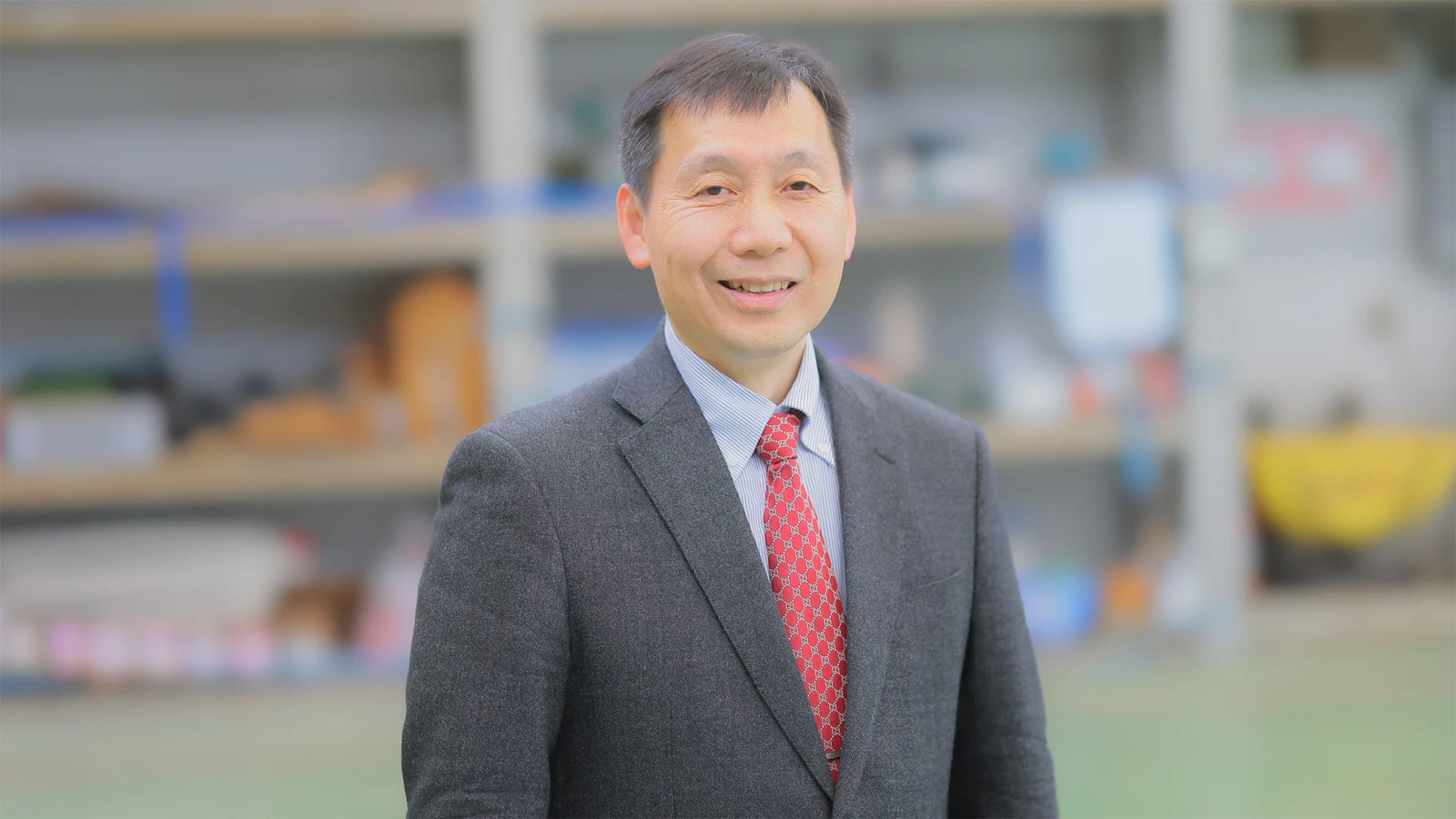
Related Product
Please feel free to contact us if you have any problems with measurements or if you have questions about our products.
